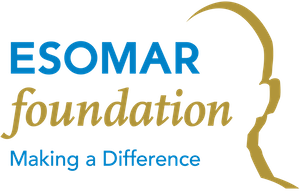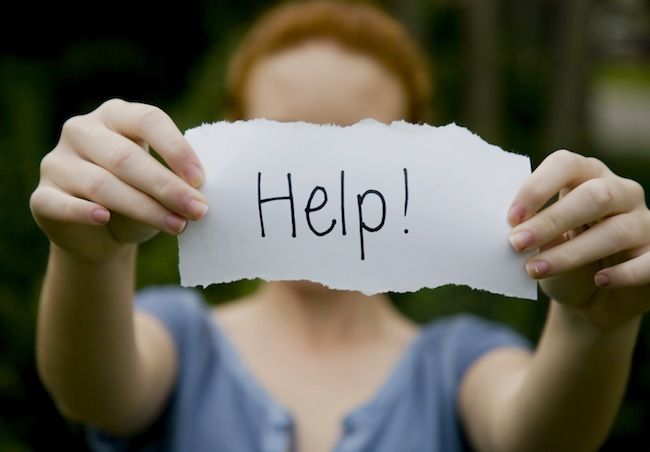
Optimal Workplace Mental Health, Suicide Prevention, and ‘Making a Difference’
At the AMSRS Conference in 2014, I highlighted the fact that, once established in the profession, the main motivator of researchers (and other professionals) is ‘to make a difference’.
I also summarised the work I’d been carrying out in the previous 12 months around optimal workplace mental health and suicide prevention.
The ultimate example of our work having impact is, of course, when we can use it to save lives. I have been fortunate to be able to partner with Suicide Prevention Australia and the broader suicide prevention sector in Australia to do exactly that.
There are still a few managers & leaders out there who don’t yet fully appreciate the benefits of effective research & stakeholder engagement…but, thankfully, they are diminishing in numbers.
Over the past 5 years, it has been exciting to combine the benefits of appropriate and effective research and engagement with our search for more appropriate and effective suicide prevention – with genuine follow through, and evidence of success.
Breakthrough Ideas for Suicide Prevention, including a National Research Action Plan
In 2013-2014, I designed and facilitated a global stakeholder forum on breakthrough ideas for halving the number of suicides and suicide attempts within 10 years.
One of the ’10 Big Ideas’ to emerge was a National Research Action Plan, complete with a National Suicide Prevention Research Fund.
I assisted Suicide Prevention Australia (SPA) in involving all the key stakeholders in developing the National Plan and presenting it to the Health Minister in Sept 2015, on World Suicide Prevention Day
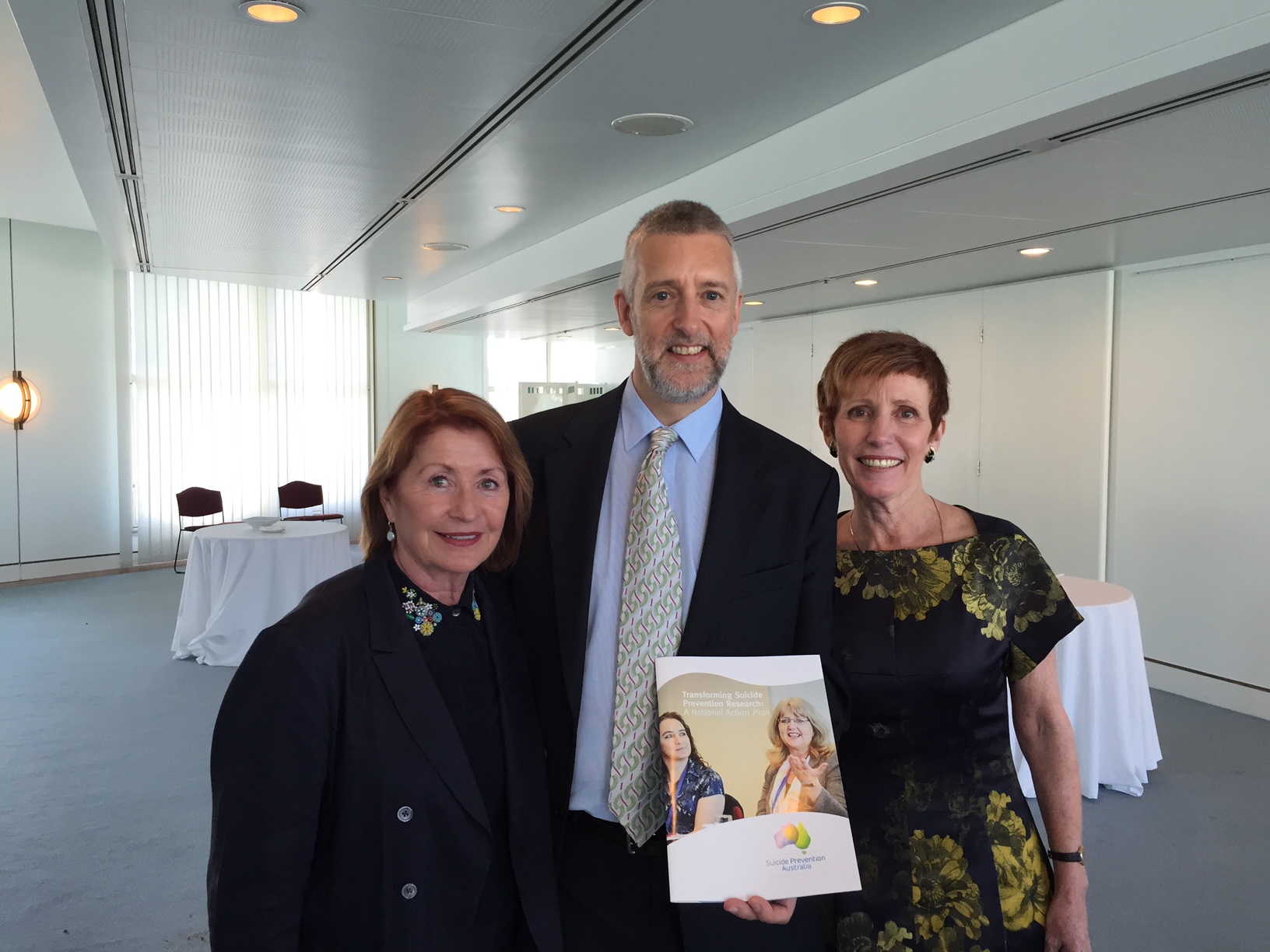
In 2017, the Department of Health provided seed funding of $12 million to set up the National Suicide Prevention Research Fund. Leveraging funds from State Governments, foundations & philanthropy, we should have an annual budget of $30 million for this essential research/R&D.
And, in 2018, Sue Murray agreed to become the first National Suicide Prevention Research Fund Director. The Fund is in the best possible hands, and we will now get some great research, insights, policy solutions and service solutions.
Just flashing back briefly, I presented at the IIeX Asia Pacific Conference in Sydney in December 2014 summarising where we’d got to with the Big Ideas Forum, the breakthrough ideas & the stakeholder engagement to develop the National Research Action Plan.
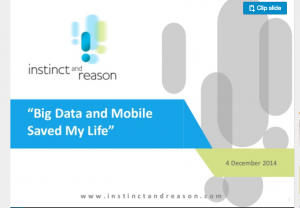
‘Listen Hear: the Global Campaign for Effective Listening’ had already been launched and won the TEDxSydney award for “the best idea worth spreading” in 2011. We adapted it to suicide prevention in Australia.
Progress has since been made with other big ideas, including ‘Life at Work’ (e.g. optimal mental health at work – more on this later), ‘No Life Sentence’ (keeping prisoners connected to their families) and ‘Digital Life Saving’ (digital communications solutions for those in crisis) which I pitched at TEDxSydney 2014 at the Sydney Opera House to 2,300 movers & shakers. It launched several innovations. Success breeds success!
Learning from Lived Experience of Suicide
In addition to the 10 Big Ideas, the engagement process around the National Research Action Plan emphasised the importance of involving & engaging people with lived experience of suicide (ie attempted suicide, had suicidal thoughts, lost someone to suicide). The development of the SPA Lived Experience Network (LEN) has been a great achievement.
It’s a large network of people (1200) with lived experience of suicide (“made up of people…brought together by experience…united by hope”) providing valuable support, information & advice.
It’s important for people to tell their stories, and there’s an audience wanting to hear them, so SPA has helped the LEN develop a Speakers’ Bureau with necessary training, mentoring & support.
There’s also been a growing need & demand for people with lived experience to get involved in research projects – in advisory (group) roles; providing input into design, analysis & reporting; participating in and/or carrying out research and being involved in strategic reviews & evaluation.
As the website says: “We believe that the wisdom gained by those with lived experience of suicide must be used to inform suicide prevention”.
We are currently carrying out the first survey of members of the Lived Experience Network to find out more about them, their experiences, how they have been involved so far, and how they want to be involved in the future.
Making the (Evidence-Based) Case…and Securing the Funding
Australia’s Budget 2018 was great news for mental health & suicide prevention.
In addition to an extra $33.8 million for Lifeline so they can answer every crisis call (in a civilised society, no-one calling in crisis should be turned away), there was $37.6 million for beyondblue for the ‘Way Back Support Service’ to target the highest ‘at risk’ or ‘in danger’ group – those who have attempted suicide (200 Australians attempt each day).
A number of measures targeted at older Australians, finally addressed the fact that the highest suicide rate is among men aged 85+. SANE Australia got $1.2 million for a campaign to help those who have attempted suicide to tell their stories to help encourage others to seek help. And more funding for mental health research & services. An extra $338 million in all:

Putting Sustainable Research Infrastructure in Place
The National Suicide Prevention Research Fund now has the necessary infrastructure in place, including a Research Advisory Committee “consisting of leading experts from the lived experience community, research, government and clinical service delivery settings”.
Too often, new research initiatives fall into the trap of reinventing the wheel. There’s nothing like a new large pot of money to get the ‘sharks’ circling with lots of ways they can spend it!
But this Research Fund comes complete with a new Knowledge Hub which will carefully monitor & evaluate what we already know, what evidence we have and – importantly – what we know ‘works’ as well as having ongoing analysis of what we don’t know and, therefore, need to know.
The new Hub provides “An online resource to support sharing and learning of evaluated suicide prevention initiatives”.
It was launched by Health Minister, Greg Hunt, and the launch included a webcast panel discussion chaired by SPA Chair Matt Tukaki.
The SPA Suicide Prevention Hub has a research & evidence focus, although it rightly has an ultimate focus on programs & services.
It complements other resources, like the Life in Mind Hub from Everymind which has a (social) marketing & communications focus – again, with the ultimate goal of highlighting what works:
Our Ongoing Role in Delivering Optimal Workplace Mental Health
Finally, two updates are worthy of note. First, I’m currently studying for a Diploma of Counselling with the Australian Institute of Professional Counsellors (AIPC) and designing a new module to help support SME Owner Managers. This was motivated by my coaching & counselling of those who are ‘lonely at the top’, including those running research businesses. It is often not appreciated that SME Owner Managers are a high risk group for mental health issues and suicide, relative to the population at large.
Second, the research I carried out for SuperFriend to map out what a thriving, mentally healthy, psychologically safe, sustainably high performing workplace looks like itself continues to thrive. I took the measurable characteristics of a thriving workplace and designed a survey that employers could carry out among their employees with a national benchmark to assist with moving towards the ‘desired state’.
After undertaking the early surveys, I passed the baton on to a team of excellent researchers to develop the survey, analyse the data from the first two waves, and take it further than I could. The team, led by Paul di Marzio with excellent statistical analysis by Scott Maclean, enhanced the survey, and increased the sample size for the national survey to 5,000 in order to provide benchmarks by size of business and sector.
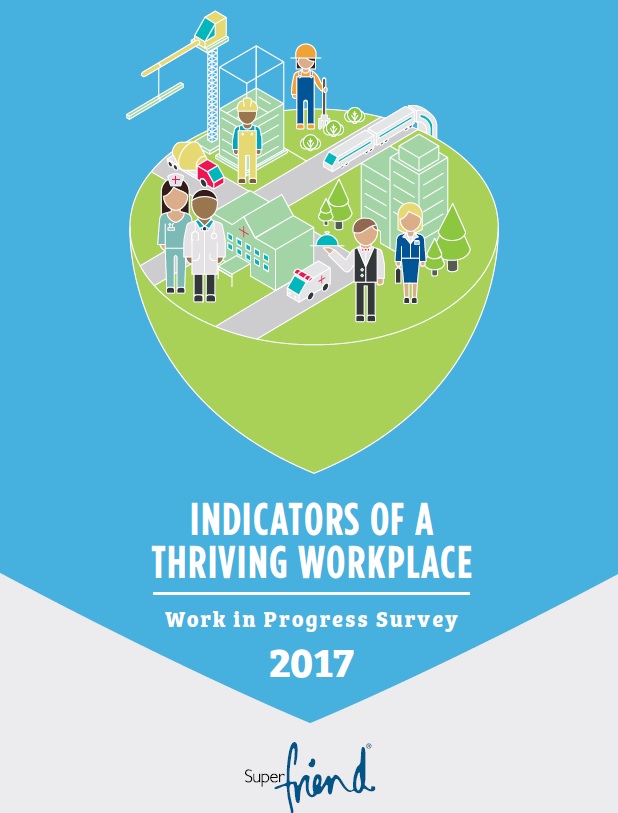
The 2018 Survey is about to be conducted. Paul di Marzio contacted me to say that he, and his client Nerida Joss from SuperFriend, was going to be presenting the research at the 2018 AMSRS Conference in Melbourne – precisely 4 years on from my presentation in 2014.
Paul asked for tips on how we can help researchers and employers of researchers to maintain optimal mental health. I was able to respond to Paul with lots of practical tips and it was another opportunity to emphasise that at the core of positive mental health is a belief that what we are doing is ‘making a difference’.
Look after yourself, your colleagues and your clients!
Paul Vittles FMRS FAMI FRSA GAICD is a researcher, engagement adviser, consultant, coach, counsellor and facilitator based in Sydney but increasingly spending time back in the UK because seeing his 5 granddaughters is good for his mental health!
